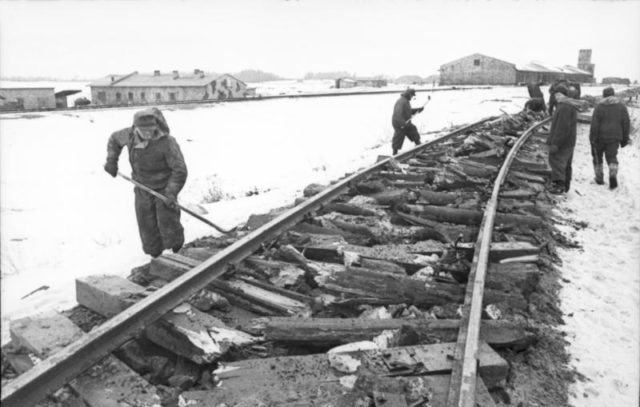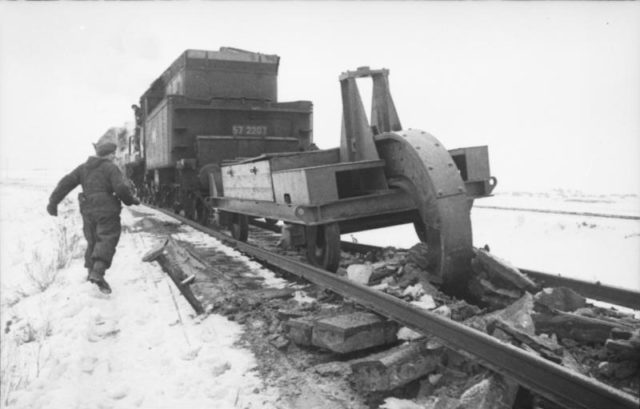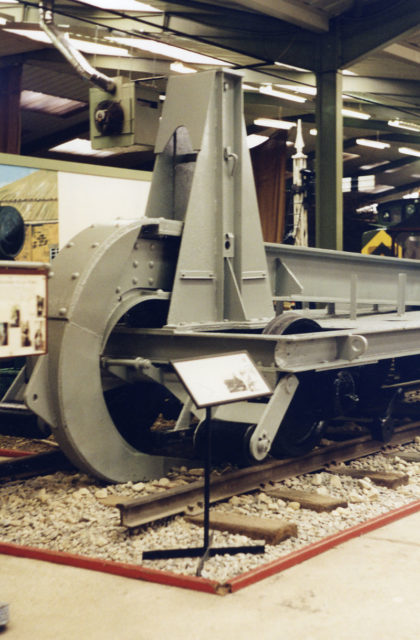Since the beginning of the warfare, the retreat has been given a special value in the larger scheme of the affair; often considered as a defeat, it is sometimes used as a strategic manoeuvring to gather and fight back.
In the modern history of wars – starting from the First World War onwards – there has never been a distinct line between victory and defeat the whole affair has become the matter of hearsay.
Depending upon the side you deem on the right, your narrative will get shaped inclined towards that side, and you will find plenty of ‘authentic’ sources to back and strengthen your claims.

The bitter-sweet relationship of Stalin’s Russia and so-called Third Reich had pretty much shaped the European theatre of the Second World War, specifically the way the War and chaos ended in 1945 with Russians seizing Berlin and Hitler committing suicide.
Adolf Hitler was undoubtedly the most ambitious dictator since Napoleon, a bit more ambitious in some cases and definitely more ruthless. Russians had carefully observed the Austrian orator rising to the status of self-proclaimed Fuhrer of the German people, and were never fully unwary of the unpredictable Adolf.
Historians agree on the fact that if Hitler hadn’t been so greedy and didn’t launch the assault on Russia, the things would have turned out to be pretty different, at least for the European theatre of the Second World War.

Underestimating Russian resilience and over-estimating the military might of German Army, Hitler decided to take the bull head on and faced the grim consequences. After the initial few successes, which were pretty short-lived, Russians fought back and didn’t hesitate to give lives in millions to defend their territory from invading Nazis. For the rest of the Europe this was something they had hoped and didn’t want to happen at the same time; since it was more of a battle between two devils (at least for the European leaders).

When Germans were forced to make the retreat from the regions that they initially took from the Russians with surprise land and air assault, Nazis took their time to make sure the infrastructure they were leaving behind were destroyed to the nth degree. Bridges were blown to smithereens and railway lines uprooted with a specially designed plough called Schwellenpflug – literally, means sleeper’s plough.
This large vicious machine was used by the German troops to uproot the railway lines during an organised retreat from the occupied regions. Schwellenpflug was a kind of a small carriage that had a large manoeuvrable plough sticking out of its rear.
This track destroyer was built by Krupp factory during the Second World in 1942. It required only six to eight minutes to put the giant destroyer in position and a team of ten people operated the machine. The destroyer was not just a massive track demolisher; it carried stock of explosive material, anti-aircraft guns, and several machine guns. The machine was highly efficient and completely destroyed the railway tracks: sleepers by 100%, bonding more than 30% whereas the actual rails at 93% on average.
Since the beginning of the warfare, the retreat has been given a special value in the larger scheme of the affair; often considered as a defeat, it is sometimes used as a strategic manoeuvring to gather and fight back.
In the modern history of wars – starting from the First World War onwards – there has never been a distinct line between victory and defeat the whole affair has become the matter of hearsay.
Depending upon the side you deem on the right, your narrative will get shaped inclined towards that side, and you will find plenty of ‘authentic’ sources to back and strengthen your claims.

The bitter-sweet relationship of Stalin’s Russia and so-called Third Reich had pretty much shaped the European theatre of the Second World War, specifically the way the War and chaos ended in 1945 with Russians seizing Berlin and Hitler committing suicide.
Adolf Hitler was undoubtedly the most ambitious dictator since Napoleon, a bit more ambitious in some cases and definitely more ruthless. Russians had carefully observed the Austrian orator rising to the status of self-proclaimed Fuhrer of the German people, and were never fully unwary of the unpredictable Adolf.
Historians agree on the fact that if Hitler hadn’t been so greedy and didn’t launch the assault on Russia, the things would have turned out to be pretty different, at least for the European theatre of the Second World War.

Underestimating Russian resilience and over-estimating the military might of German Army, Hitler decided to take the bull head on and faced the grim consequences. After the initial few successes, which were pretty short-lived, Russians fought back and didn’t hesitate to give lives in millions to defend their territory from invading Nazis. For the rest of the Europe this was something they had hoped and didn’t want to happen at the same time; since it was more of a battle between two devils (at least for the European leaders).

When Germans were forced to make the retreat from the regions that they initially took from the Russians with surprise land and air assault, Nazis took their time to make sure the infrastructure they were leaving behind were destroyed to the nth degree. Bridges were blown to smithereens and railway lines uprooted with a specially designed plough called Schwellenpflug – literally, means sleeper’s plough.
This large vicious machine was used by the German troops to uproot the railway lines during an organised retreat from the occupied regions. Schwellenpflug was a kind of a small carriage that had a large manoeuvrable plough sticking out of its rear.
This track destroyer was built by Krupp factory during the Second World in 1942. It required only six to eight minutes to put the giant destroyer in position and a team of ten people operated the machine. The destroyer was not just a massive track demolisher; it carried stock of explosive material, anti-aircraft guns, and several machine guns. The machine was highly efficient and completely destroyed the railway tracks: sleepers by 100%, bonding more than 30% whereas the actual rails at 93% on average.
